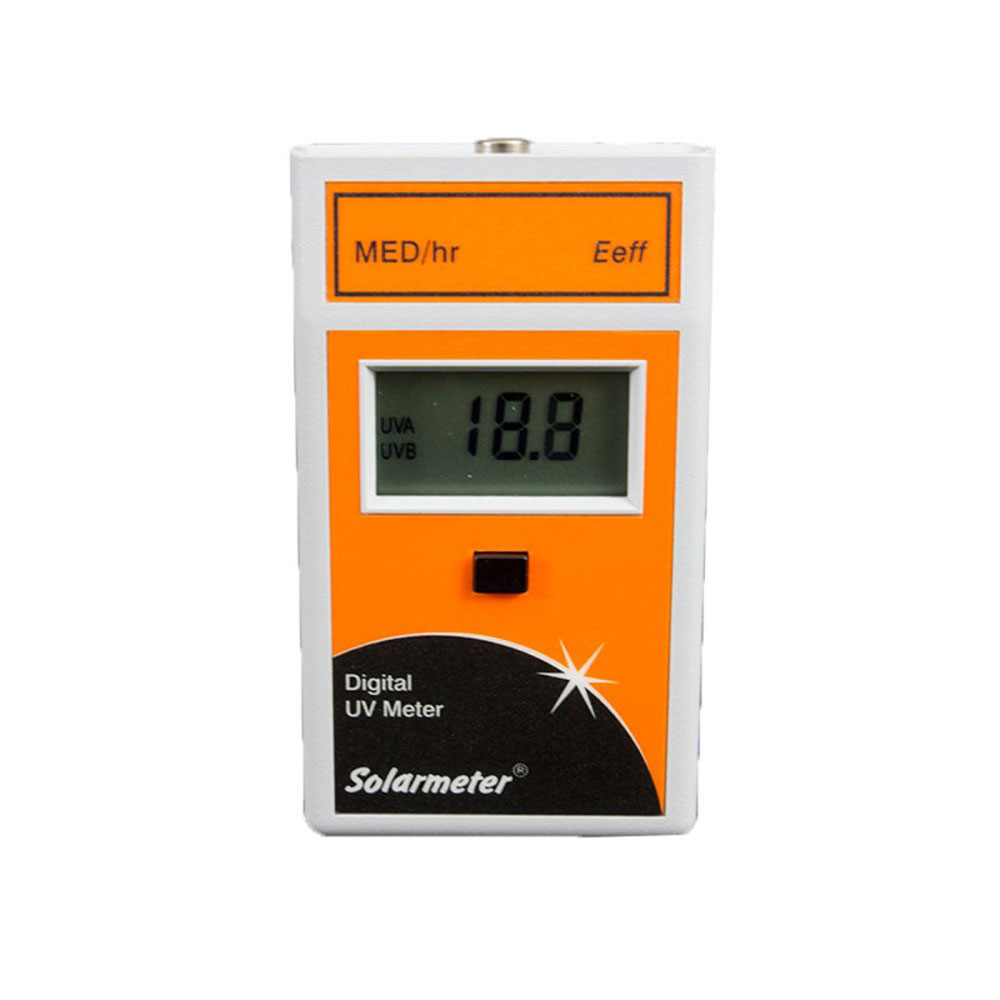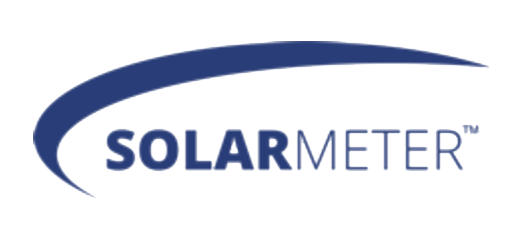• Monitoring Instantaneous UV In MED/hr
• Monitoring UV Lamp Intensity and Aging
• Measuring Solar Intensity In MED/hr
• Comparison Of UV-Sources In MED/hr
• Tracking Of UV In MED/hr Over Time
| Model: | 7.0 |
| Irradiation Range: | 0-199.9 MED/hr |
| Response: | 280-400 nm Diffey Erythemal Action Spectrum |
| Resolution: | 0.1 MED/hr |
| Conversion rate: | 3.0 Readings/Sec |
| Display: | 3.5 digit LCD |
| Digit Size: | 0.4 (in) / 10.2 (mm) high |
| Operational Temperature: | 32°F to100°F / 0°C to 37.8°C |
| Operational Humidity: | 5% – 80% |
| Accuracy: | ±10% REF.NIST |
| Dimensions: | 4.2L x 2.4W x 0.9D (in) / 106.7L x 61W x 22.9(D) (mm) |
| Weight: | 4.5 oz / 128 g (including battery) |
| Power Source: | 9-Volt DC Battery |
| Lens: | UV Glas |
| Diffusor: | Teflon |
| Sensor/Detector: | SIC/IF Photodiode |


Sensor/Detector:
Silicon Carbide (SIC) Photodiode packaged in hermetically sealed UV glass window cap. Interference filter blocks UV above erythermal response as show on the Spectral Sensitivity Graph.
Operation:
To operate your Solarmeter, aim the sensor window located on the top panel of the meter directly at a UV source. Press and hold the push-button switch on the face of the meter. For best results take note of the distance the reading was taken from the UV source in order to ensure repeatable results.
Battery operation voltage is viable from 9V down to 6.5V. Below 6.5V, the numbers on the LCD display will begin to dim, indicating the need for battery replacement. Under typical service load, a standard 9V battery will last approximately 2 years.
Proper Usage of Solarmeter® Ultraviolet Radiometer:
• Wear tinted eye wear when checking intense light sources. (Glasses that offer all-round protection are ideal.)
• Allow lights to warm-up prior to taking readings (at least 15 min).
• Hold sensor close to lamp or acrylic to measure individual lamp MED intensity. Hold sensor at 25 cm above bench with canopy closed for body position reading.
Maintenance and care:
• Do not expose the meter to extreme temperatures, humidity, shocks or dust. If the meter is accidentally exposed to extreme humidity or damp conditions, unusually high readings may occur. Allowing the meter to dry naturally or placing it in a bag of silicate will restore normal function.
• Use a very soft cloth to clean the meter. Keep the sensor free of oil, dirt, etc.



